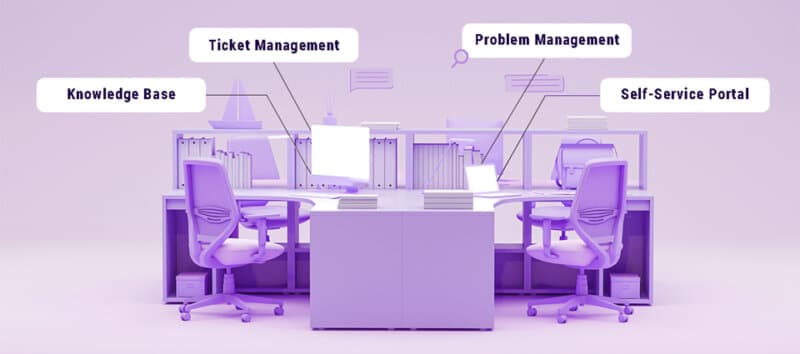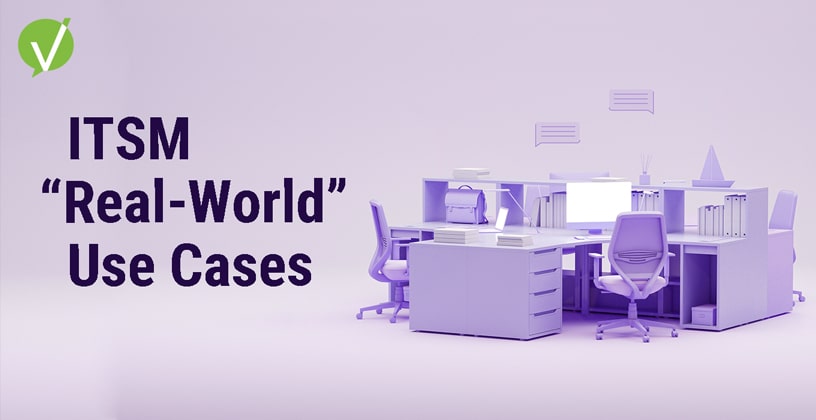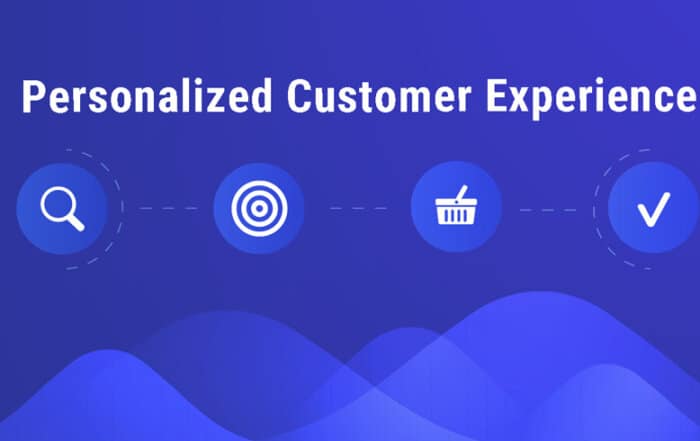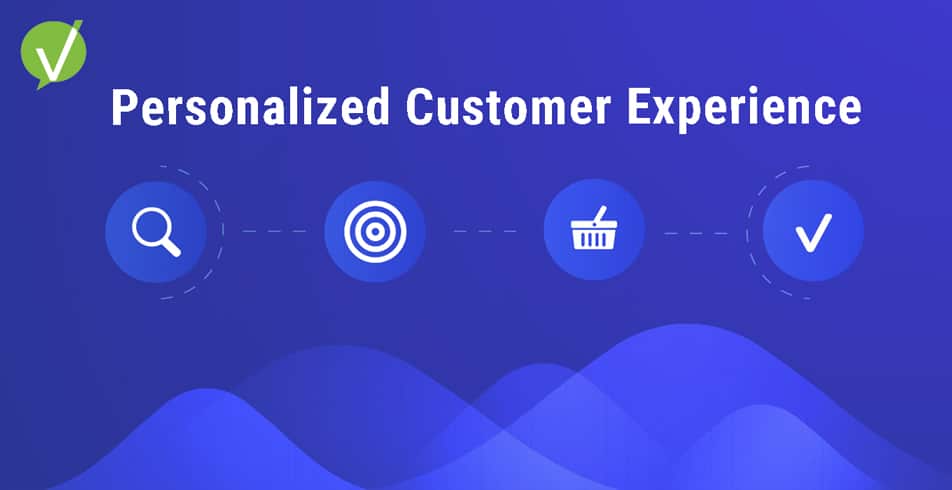ITSM Use Cases: Real-World Scenarios
Introduction
Welcome to the world of IT Service Management (ITSM) where organizations can leverage ITSM use cases to address real-world scenarios. ITSM is a versatile framework for managing IT services, offering the potential to enhance your business operations and improve efficiency. By leveraging ITSM use cases, you can optimize your IT processes and aim for better business outcomes.
ITSM is not just a tool or software, but a comprehensive approach to managing IT services. ITSM is a set of best practices aimed at delivering efficient and effective IT services to meet customers’ needs and align IT services with business objectives. The best part about ITSM is that it can be customized for various industries, including healthcare, finance, retail, and more.
ITSM use cases present real-world scenarios that illustrate how ITSM can elevate business operations and meet customer demands. Organizations implementing ITSM use cases can enhance operational efficiency and transform their processes positively.
Key Takeaways:
- ITSM is a framework for managing IT services that can revolutionize your business operations and boost efficiency.
- ITSM use cases are real-world scenarios that demonstrate how ITSM can be used to optimize business operations and meet customer needs.
- ITSM is not just a tool or software, but a comprehensive approach to managing IT services.
- ITSM can be customized for various industries, including healthcare, finance, retail, and more.
- ITSM use cases can improve operational efficiency and transform business processes.
Improving Service Management with ITSM
In your pursuit of improved service management processes to provide customers with top-notch experiences, ITSM becomes a valuable ally. By employing ITSM principles and tools, you can streamline service management operations, resulting in enhanced efficiency across the board
Service Requests and the Service Desk
One of the primary benefits of ITSM is the ability to automate and streamline service requests. By implementing a comprehensive service desk, you can ensure that all requests are documented, tracked, and resolved in a timely manner. With ITSM, you can:
- Establish a user-friendly self-service portal for request submission and status tracking.
- Automate workflows to promptly route requests to the appropriate teams for swift resolution.
- Maintain knowledge bases for easy access to solutions, facilitating quicker problem-solving.
Knowledge Management
Effective knowledge management is critical to providing excellent service management. With ITSM, you can build a comprehensive knowledge base that stores all relevant information and documentation in a centralized location. This allows your service desk and end-users to:
- Quickly access information and solutions to common problems
- Reduce the time needed to resolve issues
- Ensure consistency and accuracy across all aspects of service management
Automation and Workflow
ITSM tools and principles are designed to automate and streamline service management processes wherever possible. By leveraging automation and workflow, you can:
- Route requests to the appropriate teams and individuals quickly and efficiently
- Ensure that requests are resolved in a timely manner
- Minimize manual intervention to increase efficiency and reduce errors
Incident and Asset Management
ITSM is also a powerful tool for incident and asset management. With comprehensive incident management tools and principles, you can:
- Create a system for documenting and tracking incidents and problems
- Ensure that incidents are resolved quickly and efficiently
- Proactively identify and address potential issues before they become major problems
Similarly, asset management is critical to any IT organization. With ITSM, you can:
- Track assets throughout their lifecycle
- Ensure that assets are properly maintained and upgraded as needed
- Optimize asset usage to minimize costs and improve efficiency
As you can see, ITSM offers a wide range of benefits for service management. By leveraging ITSM tools and principles, you can streamline your operations, improve efficiency, and enhance the overall customer experience.

Enhancing Efficiency with ITSM Tools
Are you tired of managing an endless stream of tickets? Do you wish there was a way to automate routine tasks and empower your stakeholders? ITSM tools can help.
With ITSM tools, you can streamline your ticket management process and automate time-consuming tasks. This allows you to focus on more strategic initiatives while improving the overall efficiency of your service management operations.
ITSM Tool Benefits |
Explanation |
|---|---|
| Ticket Management | Automate ticket creation and routing, reducing response times and improving customer satisfaction. |
| Knowledge Base | Provide a comprehensive knowledge base for your end-users to access 24/7, improving self-service options and reducing support requests. |
| Problem Management | Identify and address underlying problems, reducing recurring incidents and improving service quality. |
| Self-Service | Empower stakeholders and end-users by providing self-service options, reducing dependency on support staff. |
By utilizing ITSM tools, you can also improve stakeholder engagement. With a self-service portal, stakeholders can easily access the information they need, while automated notifications keep them up-to-date on the status of their requests.
Overall, ITSM tools are a powerful way to enhance your service management operations. By automating routine tasks and empowering your stakeholders, you can streamline your processes and boost efficiency.
ITSM for Seamless Change Management
When it comes to IT service management, change management is a vital process that can make or break your operations. Fortunately, tools like Vivantio can help you streamline change management and ensure a seamless transition.
One of the critical benefits of Vivantio is its real-time visibility into change management processes. With this tool, you can monitor progress, identify potential areas of concern, and take corrective action quickly.
What’s more, ITSM chatbots can handle tasks like incident management, change management, and problem management, freeing up your team’s time to focus on more critical issues.
Another way Vivantio can help you with change management is through its automation capabilities. With Vivantio, you can automate repetitive tasks, such as approvals, freeing up your team’s time to focus on more strategic initiatives.
Overall, Vivantio is an excellent tool for ITSM and change management, providing real-time insights and empowering your team with automations that can ensure seamless transitions and avoid disruptions to your operations.
Optimizing ITSM with Integration and Configuration Management
When it comes to IT service management, effective integration and configuration management are key components for optimizing service delivery. By streamlining communication between different systems, integration tools can help to ensure faster resolution times, more efficient service catalog management, and timely notifications for end-users. Configuration management, on the other hand, helps to maintain accurate records of configuration items (CIs) and their relationships, enabling IT teams to monitor their infrastructure effectively.
Integrating various IT service management tools can help establish a seamless IT environment, reducing errors and delays. For instance, integrating your ITSM system with your service catalog can provide users with a comprehensive overview of available services. This can help to reduce the number of queries submitted, streamline the service request process, and deliver faster resolution times.
Notification tools are another essential feature of IT service management, enabling you to communicate with stakeholders and end-users in real-time. By keeping them updated and informed throughout the entire service delivery process, you can help to build trust and ensure customer satisfaction.
Configuration Management
Configuration management involves keeping an accurate record of all CIs and their relationships. This can help IT teams to monitor their infrastructure effectively, making it easier to identify issues and resolve them more quickly. Configuration management tools can also assist in change management procedures, making it simpler to understand the impact of changes and mitigate risks effectively.
One major benefit of effective configuration management is the automation of routine tasks, which saves time and effort. For instance, automatic discovery tools can help to track and update changes to infrastructure automatically, ensuring accurate and up-to-date records are always available.
Integration and Service Catalog Management
Integrating different ITSM systems can help to create a seamless IT environment, delivering faster resolution times, and reducing errors. One key area where this can be beneficial is service catalog management. By integrating your ITSM system with your service catalog, you can provide users with a comprehensive overview of available services, including service descriptions, service offerings, and service pricing.
This can help to reduce the number of queries submitted, streamline the service request process, and deliver faster resolution times. Integration tools can also help to automate service catalog management tasks, ensuring that service offerings remain up-to-date and accurate.
For instance, in the context of service catalog management, an integration tool might enable the IT service management (ITSM) system to integrate with the organization’s inventory management system or other databases. This integration ensures that the service catalog remains up-to-date with accurate information about available services and resources. When users request services, the integration tool helps automate the process of checking service availability and updating the catalog, ultimately leading to faster resolution times and a smoother service request process.
Notification for End-Users and Stakeholders
Timely communication is essential for maintaining customer satisfaction and avoiding service disruptions. Notification tools can help to keep stakeholders and end-users informed of service delivery processes, reducing the chance of confusion and misunderstandings. For instance, automated notifications can be sent to end-users when their ticket is received, acknowledged, and resolved. This can help to build trust and ensure customer satisfaction.
In conclusion, integrating and streamlining ITSM systems can help to optimize service delivery, reducing errors and delays. Effective configuration management, service catalog management, and notification tools can help to establish a seamless IT environment, delivering faster resolution times, and improving customer satisfaction.
Harness the Power of ITSM Use Cases for Business Excellence
Operational efficiency is the cornerstone of success, and IT Service Management (ITSM) is the game-changing tool to make it happen. By embracing ITSM tools and processes, you can unlock the full potential of your organization.
Experience the transformative power of ITSM use cases, tailored to address real-world scenarios across diverse industries. With ITSM, you can optimize your operations, cut costs, and elevate customer satisfaction.
Don’t miss out on this opportunity to revolutionize your business. Contact Vivantio today or request a free demo to explore how ITSM can take your operations to the next level. Streamline service management, automate workflows, and boost productivity—let’s embark on this journey together towards greater success.













